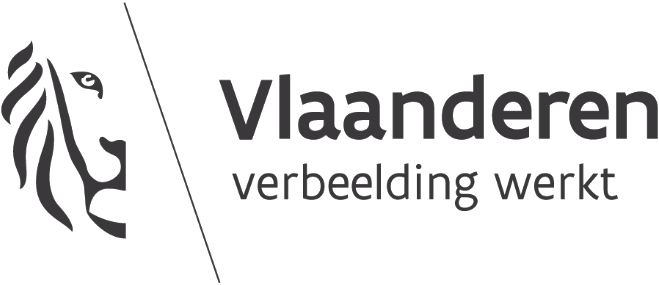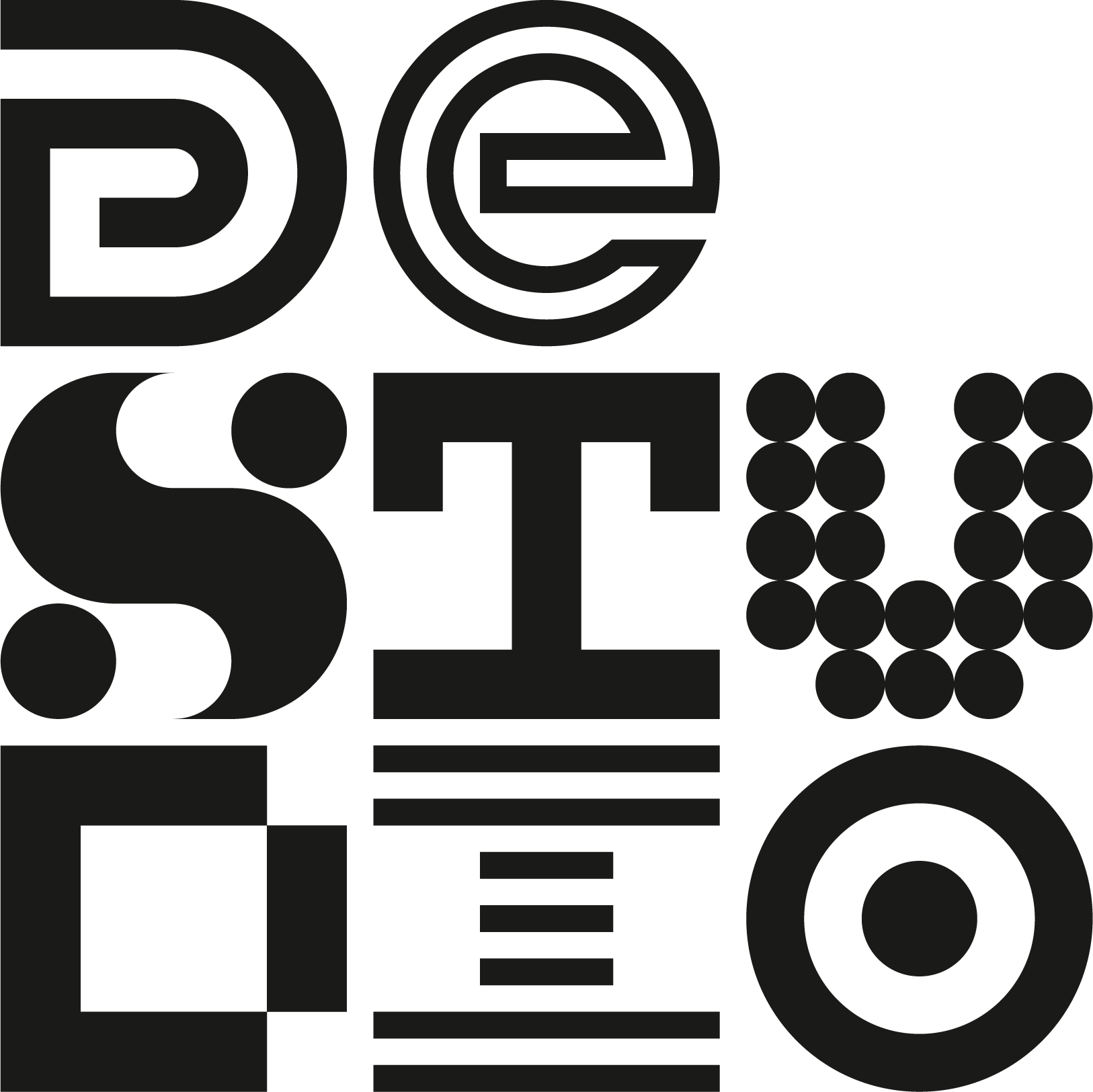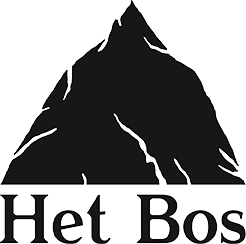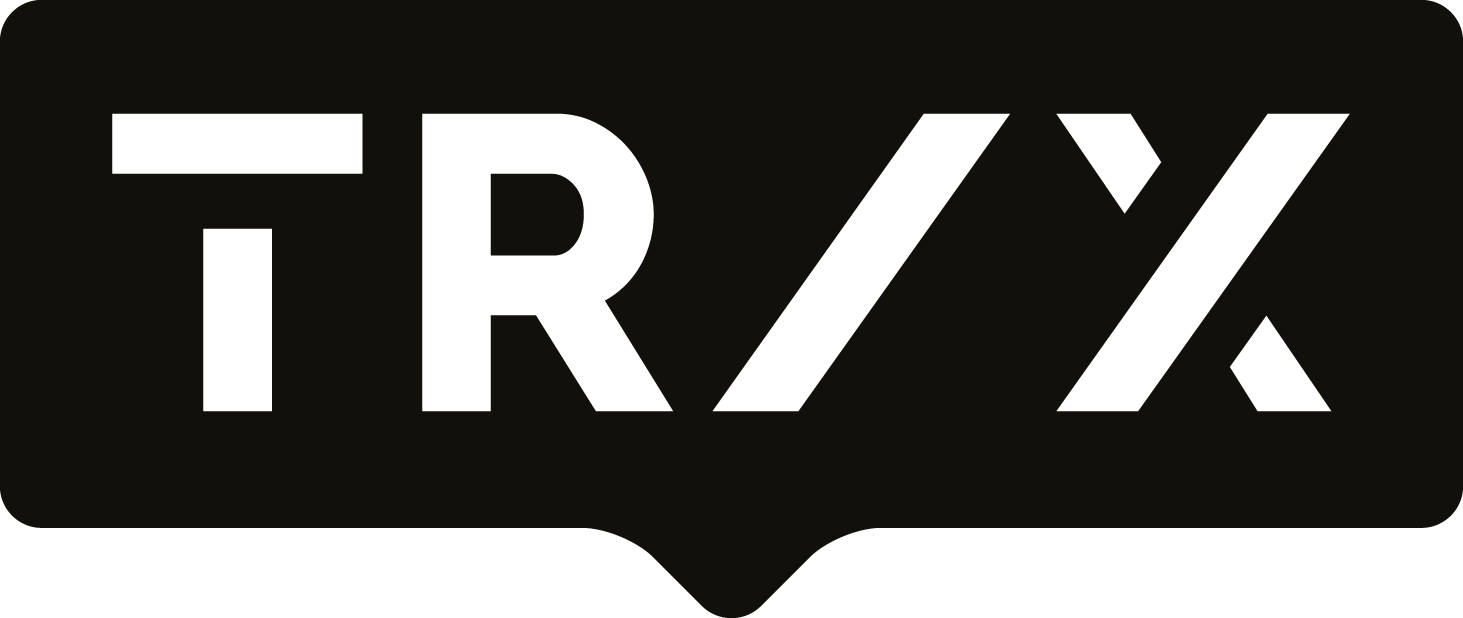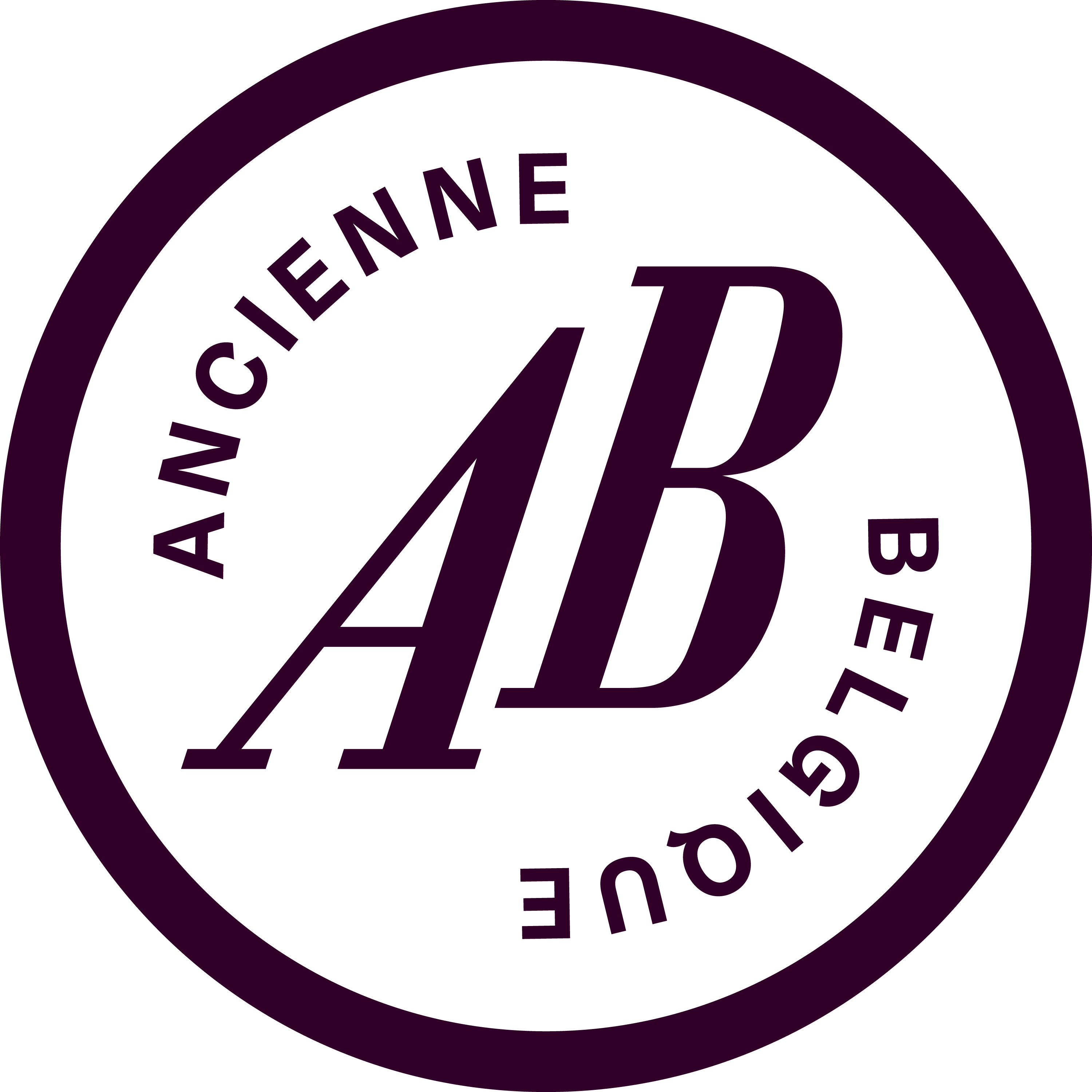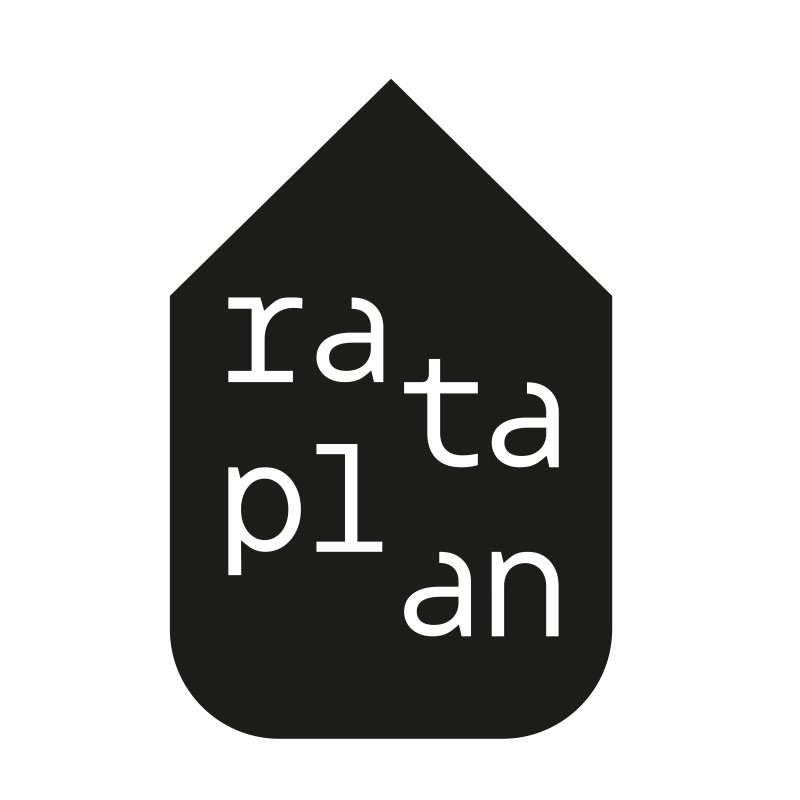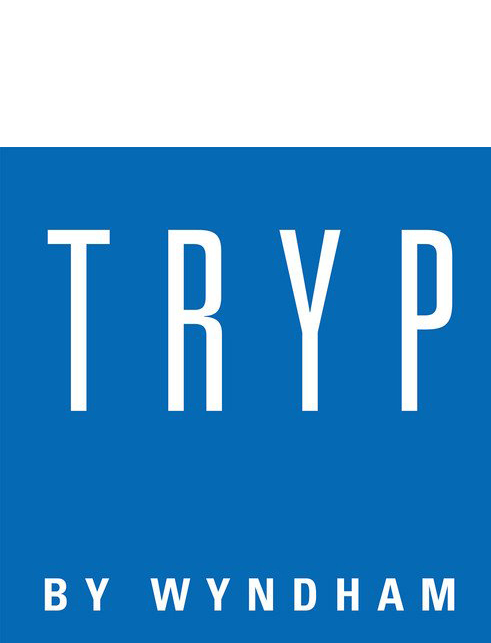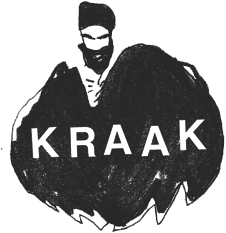HEAD to HEAD
Cath Roberts & Dee Byrne
‘Head to Head’ is a brand new series of interviews by Sound in Motion’s Joachim Ceulemans, talking in depth with artists appearing in the Oorstof concert series, the Visitations residencies, the Summer Bummer Festival or who have a release on the Dropa Disc label. These interviews will be used to promote the upcoming events and releases and who knows, maybe they will end up bundled and printed one day.
The fifth interview in the series features two reedists from the UK who performed as a duo at this year’s Summer Bummer Festival. For more than a decade, baritone saxophonist Cath Roberts (Sloth Racket, Ripsaw Catfish) and alto saxophonist Dee Byrne (Entropi, MoonMot) have been a steady force in the jazz, improvisation and new music scenes in London. Together they have been running LUME, a concert series for new music that has been going on since 2013 in different venues in the city. They also started their own label, Luminous, and have been playing as an improvising duo, releasing the album Disembark! in 2020.
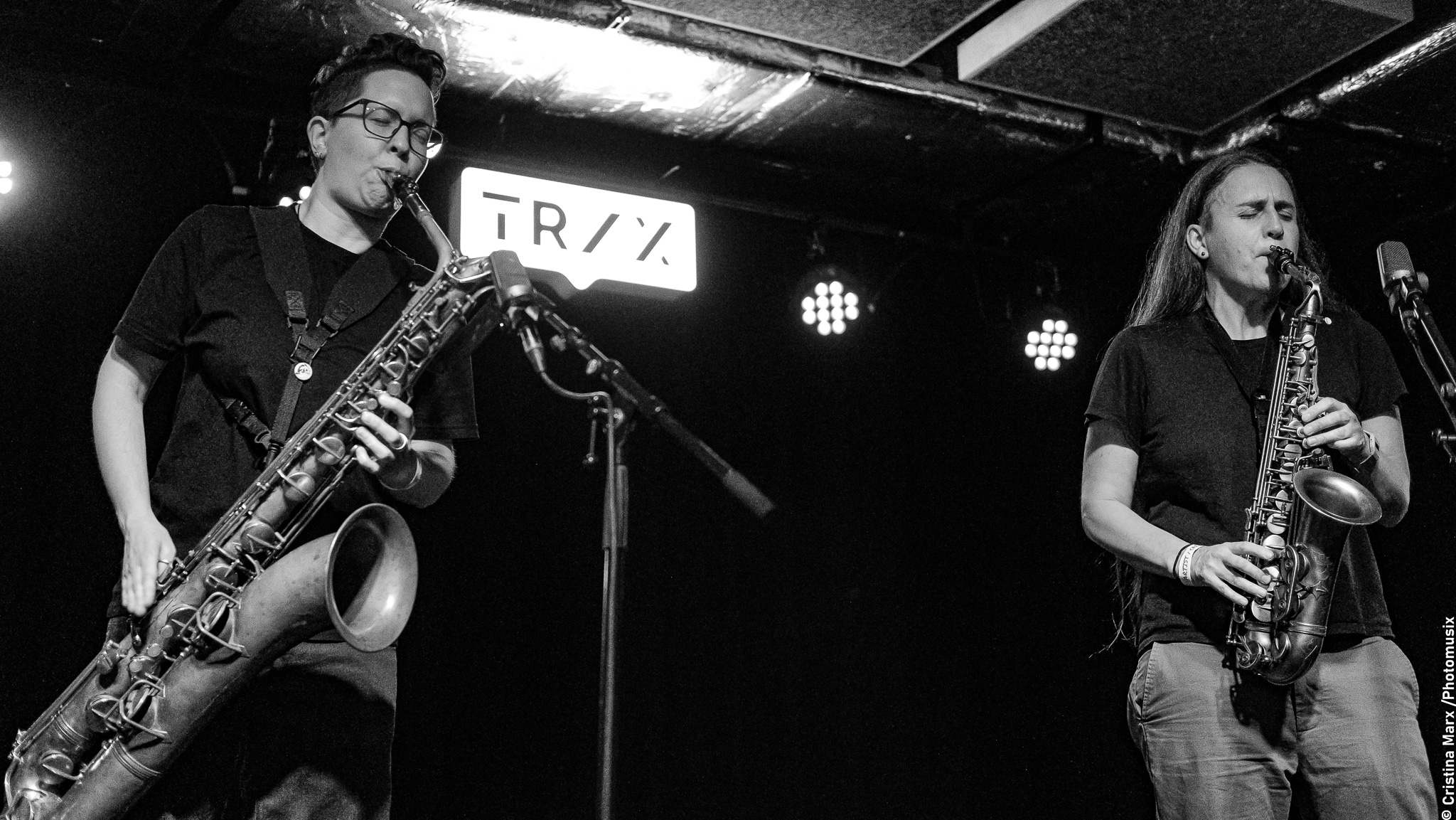
How did you get into improvised music?
Dee Byrne: I was never really pushed in a massive direction as a kid, I just played all kinds of genres, but the main thing in all of them was improvising and that kind of continued. I would say that I was foremost into improvising and that genre was secondary. Soul, hip hop and later also jazz, improvised music and new music. It’s always been like that and I feel most comfortable improvising with the saxophone. Learning how to read music and all these other things was secondary and I still feel like that’s the case. It’s what I always wanted to do. I’d go to someone’s house and there would be a bass and drums and we would just jam and the next night I would go somewhere else. I was pretty young back then, but I met a lot of people doing this and I simply enjoyed it very much.
Cath Roberts: I think my first exposure to it was probably in school, in a jazz-type setting. But I do remember really enjoying the feeling of doing it and feeling comfortable with it. Much later, when I moved to London in my twenties, I would go and see free improvisation gigs in London and really love what was happening but not really knowing what was going on or how people were playing that music.
When you went to these concerts, was that because you were curious about free improvisation or did you just stumble upon it?
CR: Me and my partner were listening to that music, we were both into free improvisation already. It probably coincided with the beginnings of Cafe Oto and gigs at The Vortex. I remember thinking it was something that I couldn’t necessarily do and I think that’s how some people feel about free improvised music as it can seem kind of inaccessible or super advanced, which I guess it is in some ways. But in other ways it is the ultimate accessible music. At that time I was still playing more structured music, but at one jam a guitarist asked me what I wanted to do or what our approach was going to be. We agreed to just improvise and played free and then I realized that anyone can improvise and that it doesn’t have to necessarily be within a jazz structure or in another musical structure. It could just be the spontaneous thing that happens when people get into a room. And I think once that happened to me, it was down the rabbit hole! I really love it, it’s the most collective music that you can make.
The two of you have been playing and working together for years. Where did it all start?
DB: We originally met in 2006 at a jazz jam at Charlestown, right?
CR: I moved to London the year before and Dee was already involved in that jam world in the city. We just met briefly back then, but we ran into each other again. Dee said she wanted to do a master’s degree in music, but she didn’t know whether you could if you didn’t have a bachelor’s degree. My partner, who’d done that, said you could.
DB: And the next day, I applied. Until that moment I was more or less self-taught and I had been playing and living in different countries in Europe and I felt like I had come to some sort of end. I wanted to learn, I wanted an injection of knowledge. I wanted to get that degree but I didn’t think I could. After that meeting, literally the day after, I just did it. It’s funny how those chance encounters can change the course of someone’s life. We went our own way after that, but we met again when I booked Cath for a gig. I had started running nights with original music or original jazz, I guess it was under that umbrella.
CR: So that gig was in 2012 and after that we talked about running gigs and I was interested in starting to do that as well. So we decided to start LUME together.
DB: Back then I was constantly putting on gigs but the venues kept closing. Every time I found a venue, I could do a few gigs and then it would close down. The series I was running, constantly had to change its name so then Cath and I thought we should have a name for the series itself, regardless of the venue it’s held in. After we started LUME, we did one or two gigs and then the landlady came up to us and said she was closing down the pub. We thought there must a curse or something.
What was the reason you started putting on your own gigs?
CR: I was very into writing my own music and playing improvised music, but it wasn’t that easy to find a platform to play in the city when your project was pretty new or you looked pretty new. Also to play in a kind of informal way, as a way to develop projects and develop ideas and try out work in progress. I think we probably both felt that we needed a space where we could put on our own projects and try things out but also support other artists to do the same. All very DIY and easy to arrange. And there were no gatekeepers because it was just us doing it. Well, that’s how we feel, maybe people thought we were gatekeepers (laughs)! It was also a way to structure your own musical development, because when you wanted to do something new, you booked it in at a certain date and then you really had to do it.
DB: We also wanted to mix up free improvised and composed music because at that time they were really quite separate in London. We wanted a place where both could happen. Then you’d get people, like established jazz players, doing free improvisation, something they hadn’t done a lot. And the other way round: people who hadn’t really written much music, but who wanted to try from that side. So you had this experimental ethos going on.
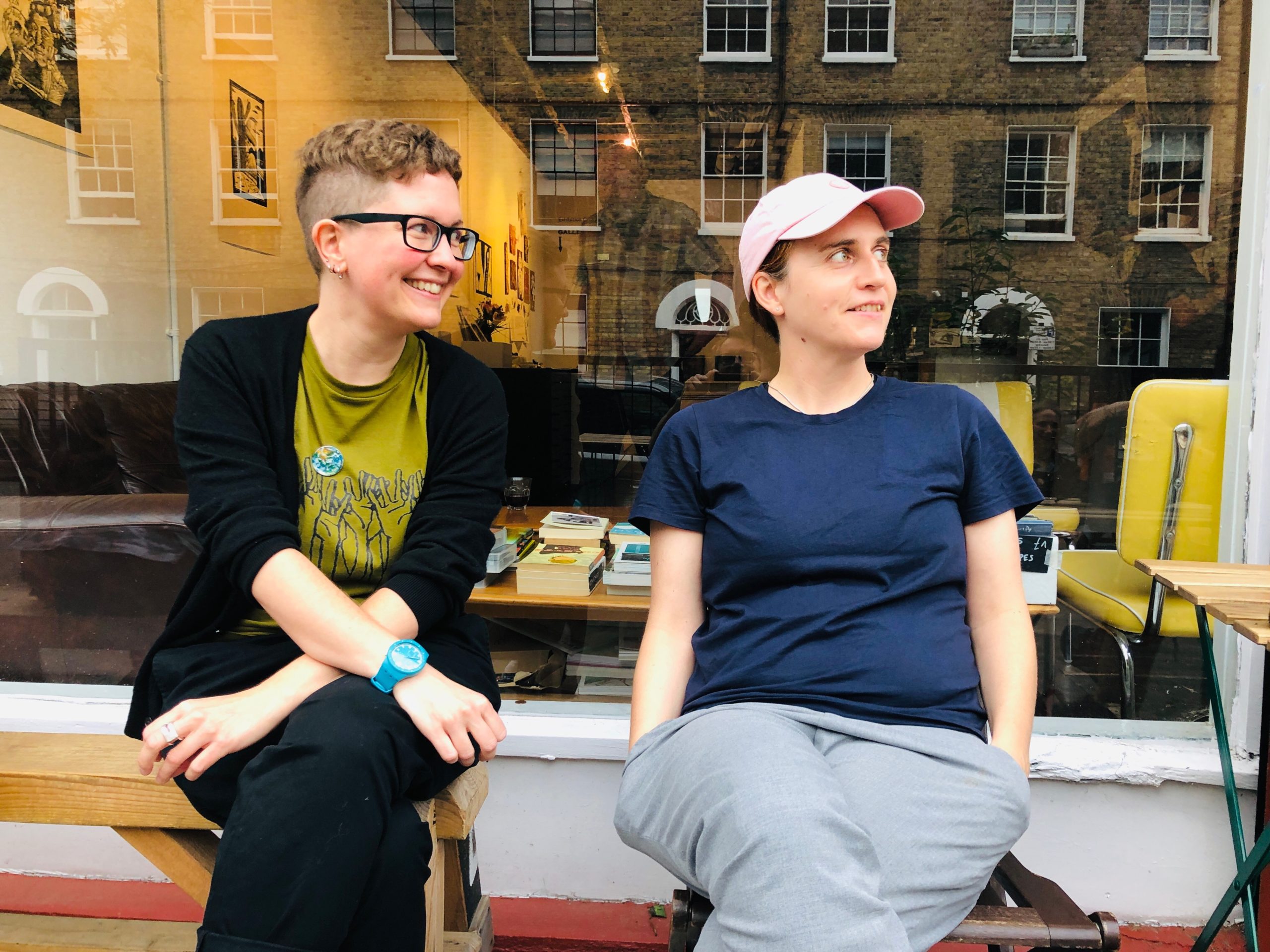
Was the closing of the venues the biggest challenge in all those years for LUME? And how did you deal with that?
CR: The longest run we had was about one and a half or two years in the same place. After a while we had a residency at the Vortex and did ad hoc stuff. Also Hundred Years Gallery is a venue that we’ve gone back to a lot over the years, also for our most recent gigs. LUME became more project based at some point and less of a series. We were running gigs all the time and the administration, the promotion to make it all happen didn’t leave us with much room to do anything else. I still admire people who do that for many years, because it’s a big commitment.
The Luminous record label is a direct result of those nights? You wanted to get the music that was created at LUME out there?
CR: Yeah, but he first thing that we released was a compilation. We wanted to do a fundraiser to try and get a bit more money because LUME had some funding at some times, but it was very patchy and quite often we could only offer door money to the artists. We asked people to donate tracks and we did a ‘Live at LUME’ compilation in 2015. We did two more volumes after that and it’s only then that the idea of a label really popped up, because now we had the basic tools to release our own stuff. I wanted to do that for a while, because I’m interested in the whole spectrum of the work involved with running a small label. I also do artwork for releases for instance. I’ve been releasing all my music through Luminous ever since.
DB: Just like LUME, it’s a platform for others and for ourselves to try stuff out. Like Cath mentioned, it’s also about structuring your own musical development. I had this solo gig at Cafe Oto coming up that was going te be recorded and I thought it might be great to have a solo album, so we decided to release it. Because we do everything ourselves, we can turn that around super quick. It’s nice to have control over that.
You started with physical releases, but after a while you also started releasing digital albums. What do you think the future of digital music is compared to physical copies?
CR: I don’t engage with Spotify or streaming at all. Really. I’m not into it and I think it’s quite a harmful thing for music so I haven’t really touched it at all since it emerged. Bandcamp as a platform is great, although it’s vulnerable because it’s the only one of its type. I still like physical formats, because I like printmaking and making physical objects. For me, those things are tied. I’m releasing music but I’m also making a physical and visual object. As for what the future of digital released music is, I don’t know. And I don’t know if I will be a part of it because I’ll still be there building a thing from cardboard and selling it to somebody. (laughs)
DB: I feel differently because I do release stuff on Spotify. Not on our label, but for other things. Although I understand that the model is not great for musicians financially, I have found that it has reached loads of people who would otherwise never have heard of my music. It’s how people are listening to music nowadays. So I’m just accepting that that’s the case, it’s how you can reach people and how people can reach you. My wider goal is to reach as many people as I can. So I’m a bit more pragmatic in my thinking about it.
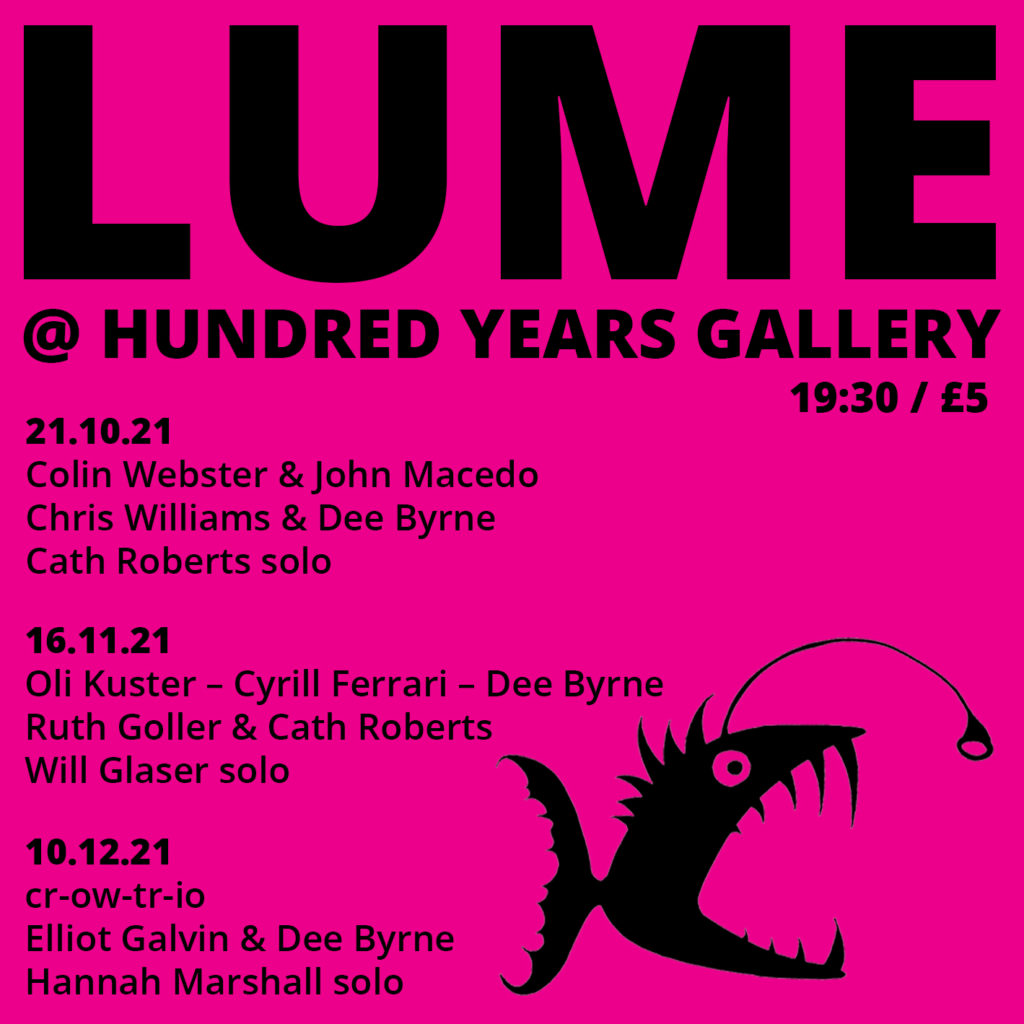
Do you think music is valued less or differently because of streaming? For instance, younger generations seem to lack the experience of physical releases completely: listening to whole albums, the artwork, the choices you have to make in a record store because you’re on a limited budget, etc. Streaming is totally different because you can even listen to music for free as long as you don’t mind the ads in between tracks and you can browse an endless catalogue. I can imagine some people would think it’s completely crazy to actually buy one album with 70 minutes of music for 20 euros.
DB: I don’t know if they value it less. With Spotify, music is consumed differently with the whole playlist thing. Most people are probably not listening to whole albums anymore. The album, the concept, listening to it from start to finish, the journey, the narrative that you’re being taken through. People are simply going from one tune to another and that’s different from what it used to be.
CR: Maybe forms are changing. Personally I’m very attached to the album form, not only as a listener but also a person who makes music. I think I’m just really old-fashioned, but when I’m making a record and I record the stuff in a studio, and afterwards, putting stuff in an order and putting things between tracks or whatever, making something out of it, that’s also a sort of composition. So, the album is a composition for me, a way to express the music. But I guess the main concern is how artists can actually benefit from this change. When you don’t make any money from the music you make or when it’s not very viable to make an album anymore, that’s what I’m worried about. Habits change and we can’t necessarily do that much about it. We need some sort of artists cooperative or something, our own streaming service.
There is Catalytic Sound in the US…
CR: Yes and that’s the kind of project that I’m really interested in!
You already told me about how you started LUME and the Luminous label, but you also perform as a duo and together you recorded the album Disembark!. Was the musical connection established from when you met?
DB: I guess we might have played in one of those jams, but not really as a duo. We also played in different projects and collaborations. For a while, we both were in the band MoonMot with some Swiss musicians. So that was an outlet for playing together, rather than just working on administration for LUME or whatever. The duo came in about five years ago, right?
CR: Yeah, we recorded the album in 2019. We wanted to experiment with only us: what do we do when it’s only us?
DB: I think the main the reason why we started the duo was because a lot of the time we spent together was actually in organizing, doing office work and talking about LUME. It was fun and we were having this ongoing communication and thought, why don’t we shift it to music? Why don’t we shift all this work we’re doing, all this back and forth, and talk with our instruments? The first gigs we did felt really natural because we were picking up something we started with our office work through a new medium. That’s how it feels when we play. It flows because we’ve got this history of communicating, but we’ve changed our instruments: from emails to saxophones (laughs).
In working or playing together you can develop habits in communicating with each other, there’s some sort of predictability or typical patterns in your interactions. On the topic of improvising, I’ve heard musicians call that “bad habits” because when improvising on stage, that’s the opposite of what you want. Can you relate to that?
CR: I think I relate to that in any project that’s been going for quite a few years. That stuff is there, isn’t it? For the duo this year was quite interesting because we’ve been bringing electronics into it and that totally changes it for me, because when we do that, I don’t use the sax. I just use a Lyra synthesizer. My sound making capabilities are completely different so I can’t bring any of those saxophone habits into it. Dee uses effect pedals and sax so it mixes things up again, That’s been a really exciting way to keep it fresh and then when you go back to two saxophones, it also means that you’ve been somewhere else.
DB: I don’t think I’ve had enough time to develop these habits yet. We haven’t really had that many gigs together because of Covid, so it hasn’t had a chance to settle. The switching from acoustic to electronic stuff doesn’t feel that strange although it feels new. It’s just a new way of talking. Again.
Improvising with electronics has endless possibilities, but I’ve always wondered how to keep the audience interested and on the edge of their seat. When you play an instrument, people can really see how the sound is produced: the fingerings on the instrument, the way you blow into the mouthpiece, but also the interactions between musicians and the physical effort that’s put in. A lot of those things disappear with electronics. The most extreme example is somebody sitting behind a laptop. It’s definitely an issue for audience members. Also for you as musicians?
DB: I’m sorry if I offend anyone reading this, but I personally prefer hardware-based electronics as opposed to laptop. I use pedal boards and that’s very physical and visual. We did a performance recently with our friend Tullis Rennie who’s got this really cool range of synths and other stuff, which is really interesting to watch and to listen to. I feel it depends on what the medium is.
CR: For myself, I’m not that interested in doing that laptop type stuff either because I want the instrument to be tactile when I’m improvising. The synth I’m using is obviously nothing like a sax but it has physicality so you can react physically to what somebody does in an improvisation. It’s in important part of experiencing the music as a performer.
You’ve both been in London for a few years. With your experience as performers, promoters and label owners, has Brexit changed a lot for you?
CR: Yes, definitely. The crazy thing is that it isn’t really clear how anything works at all. So, with the label it’s all really random. If somebody orders from the EU, then we have to have a nice email conversation about possible taxes he might have to pay when we send him a package of cd’s. And then they go for it or not. It’s made a massive difference. It used to be easy, there was a feeling of being connected to Europe. Now it just feels like a struggle. That’s why I’m so happy to be coming to play in Antwerp. It’s what we want to be doing, it should be easy to go there, make connections with people and play some music.
DB: It’s a general downer basically. For sales, for people coming here to play or to go abroad. Taking larger ensembles abroad was always pretty hard, but now it’s almost impossible.
Cath, you played at Summer Bummer Festival before with Tullis Rennie and Dirk Serries. What was your impression of the festival?
CR: It was amazing. That trio was really fun. It was put together by the festival, but we all knew each other from different projects. We ended up recording and releasing an album because of that. I remember meeting great people and amazing food!
What are your plans for the near future?
CR: We’re going to record again with this duo, probably an electronic version because the acoustic duo already has a release. I’m also working on the beginnings of a large ensemble project, but not knowing quite how it will be like and how it will really come into fruition. This autumn I will be doing some gigs with my band Sloth Racket.
DB: I’ve just released an album with my band and did an album launch in June. It’s called Outlines and is released on Whirlwind Recordings. That feels like a big thing for me because it has taken quite a long time. I’m also playing with MoonMot and the band Ydivide, which has got members from Ireland, Switzerland and the UK. But I’m hoping to play with Cath some more, because we just did a small tour and it was really, really fun. So I’m looking forward to our concert at Summer Bummer!

